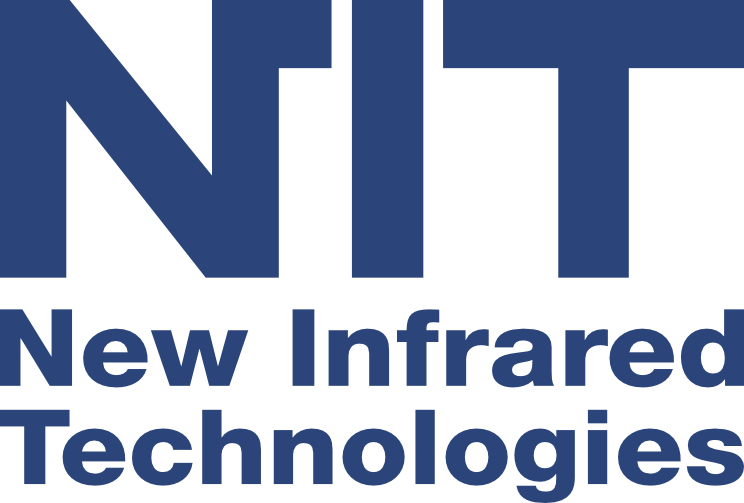What is not measured cannot be controlled and what is not controlled cannot be improved
New Infrared Technologies, within the framework of the ICEX Next Program, has had the support of ICEX and the co-financing of the European FEDER fund. The purpose of this support is to contribute to the international development of the company and its environment.
New Infrared Technologies, within the framework of the ICEX Next Program, has had the support of ICEX and the co-financing of the European FEDER fund. The purpose of this support is to contribute to the international development of the company and its environment.




